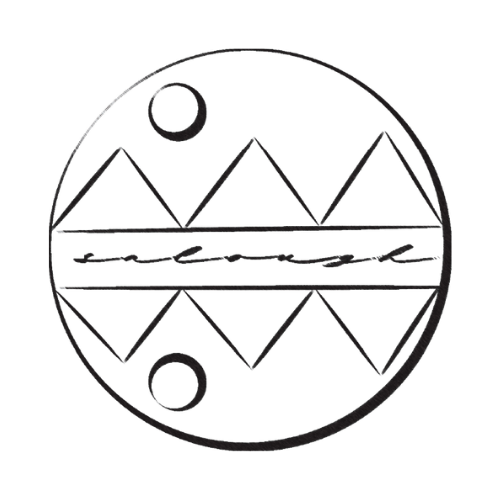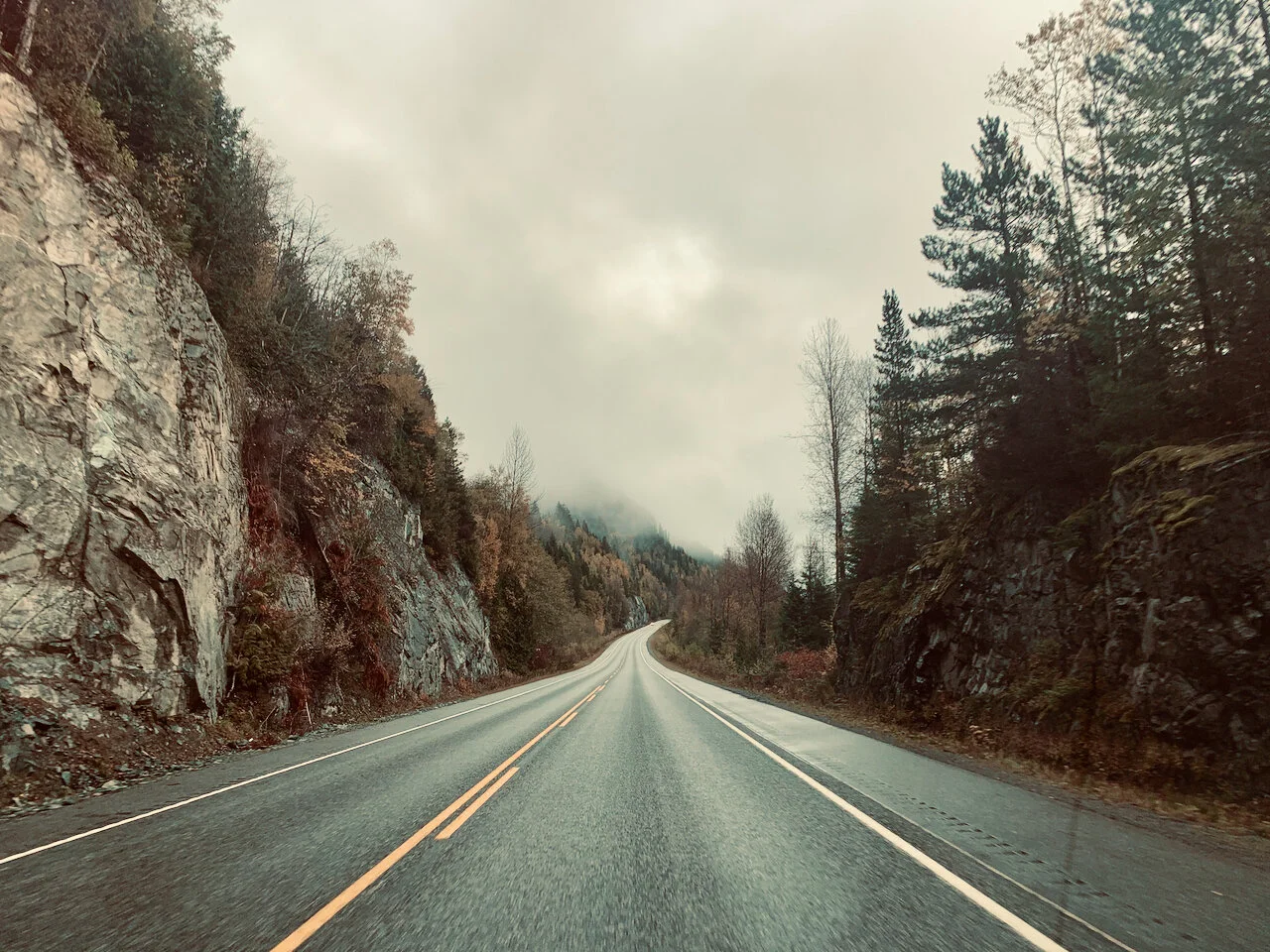We were born wild, and some of us weren’t meant for the cookie cutter lifestyle of suburbia or the concrete castles in the city. I sampled this life, briefly, while taking my Master of Journalism in Ottawa. As a mature student in my early 30s, I was served a hefty plate of humiliation, best consumed with courage and determination. Completing that program felt like bootcamp, the very name of the fundamental reporting skills we were required to take, and I emerged with a thick skin wrapped around my sensitive heart. The program celebrated broadcast journalists in all of the big city media outlets, and so for months, I applied for jobs daily to find my way while living in an unremarkable suburb. I had some successes but commuting to short-term gigs only made me feel like another cog in the wheel, reporting on the same stories as every other news outlet just with different headlines.
The wild inside me, that had explored the glaciers and fiords of New Zealand solo, and lived for three years immersed in the mountainous countryside of Japan, was dying. In Ottawa, I would go for runs around the new suburbs, the franchises and big-box stores, and feel the pressure build up inside my chest until I couldn’t breathe. I needed to escape.
A persistent voice in my head kept whispering ‘Go North.’ I ignored it until I couldn’t anymore. Scanning the journalism job boards online, I searched for positions in the Yukon, Northwest Territories, and British Columbia. Then there it was, a reporter position at the Northern View newspaper in Prince Rupert, an 18-hour drive south to Vancouver, and a six-hour ferry ride north to Alaska. A quick internet search told me that it was a burgeoning port city with 1,200 people, on the Indigenous territory of the Coast Ts’msyen people — and the wettest city in Canada. This fact gave me pause, before I recalled that my parents had spent two years living in an even more remote coastal community on Haida Gwaii. They still exclaim it was the best time of their life.
Taking the leap to the North Coast meant leaving my boyfriend, our house, dog, my family, friends, and all that I knew to step into the unknown based on a gut feeling that this was where I needed to be — a city on the edge of the wilderness, with vibrant Indigenous history and culture, and community full of untold stories.
“Prince Rupert has moments of sunshine, and when it does, I take full advantage of playing outside, in the mountains or on the sea.”
I drove for three days, until the road ended, and the ocean lay out before me. For the next three and half years I worked in a small newsroom sharing stories that mattered for the people in this community, and beyond. In that time, the rain nourished my soul, and moss grew on my toes. I’d found my home. Prince Rupert has moments of sunshine, and when it does, I take full advantage of playing outside, in the mountains or on the sea.
Listening to my call to the wild was the best decision I’ve ever made, and I continue to tune in to that place to make sure I’m on the right path. Last year, I felt the deep, intuitive, call to a new line of work that would allow me to connect with rural, remote, and Indigenous communities to build a more sustainable and resilient economy that moves away from the extractive, colonial, systems that only feed off destroying life here on the North Coast, and across the globe.
As the communications manager for a social and environmental impact charity, I use my storytelling toolkit to elevate the meaningful work that we do, as we innovate solutions to nurture what’s left of the wild for those who can’t live without it.

